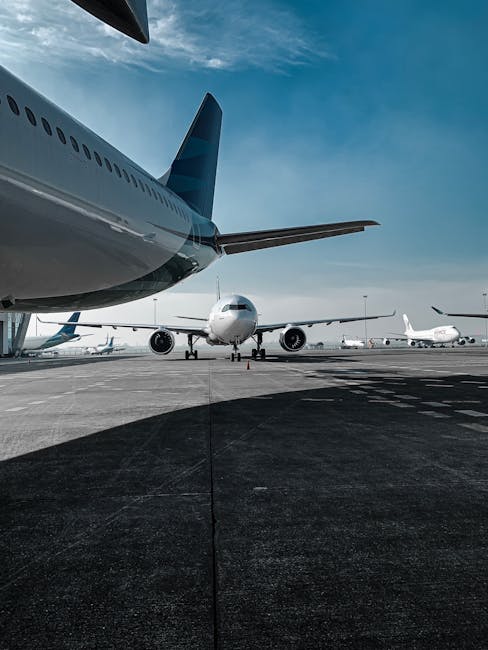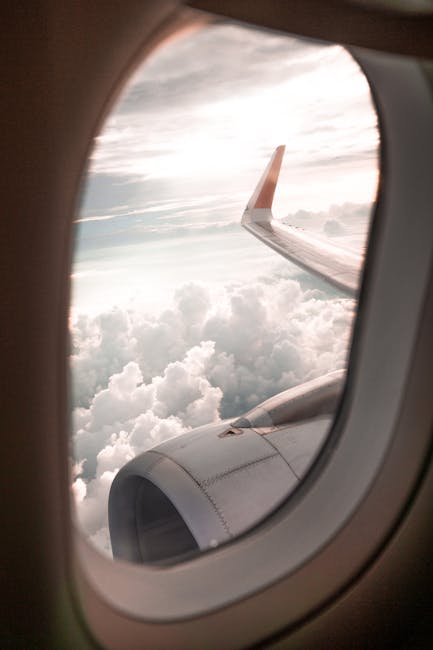The Fourth of July has always been a time when Americans come together to celebrate the freedoms and values that define the nation. But this year, as the United States marks its 249th Independence Day, the celebration over the capital’s skies promises to be especially electrifying. A rare and awe-inspiring flyover featuring the B-2 Spirit, F-22 Raptor, and F-35 Lightning II will thunder above the White House, symbolizing not just the strength of the U.S. military, but also the cutting edge of aviation technology.
America’s Airpower on Full Display
The sight of advanced military aircraft soaring in tight formation above Washington, D.C., is a stirring reminder of the nation’s commitment to defense and innovation. Each of the aircraft taking part in tonight’s flyover represents a pinnacle of aeronautical engineering and a milestone in aviation history.
- B-2 Spirit: The world’s only operational stealth bomber, renowned for its bat-like silhouette and ability to evade even the most sophisticated radar systems.
- F-22 Raptor: The first fifth-generation fighter, combining stealth, speed, and agility to dominate both air-to-air and air-to-ground missions.
- F-35 Lightning II: The latest in multirole stealth fighters, featuring unparalleled sensor fusion, networked warfare capabilities, and adaptability across three variants.
This is more than a show of force—it’s a showcase of American ingenuity, teamwork, and the relentless pursuit of technological advancement.
Historical and Technical Context: More Than Just a Flyover
Military flyovers on July 4th are a longstanding tradition dating back decades, typically featuring the Air Force Thunderbirds, Navy Blue Angels, or heritage aircraft. However, a formation including the B-2, F-22, and F-35 is exceptionally rare, as each aircraft is highly valuable, strategically significant, and, in the case of the B-2, seldom seen outside of tightly controlled environments.
The B-2 Spirit, introduced in the late 1980s, was a product of Cold War urgency—a flying wing designed to slip past Soviet defenses and deliver either conventional or nuclear payloads. Only 21 were ever built, and their mystical presence has captivated aviation enthusiasts for generations.
The F-22 Raptor, first flown in 1997, was a leap ahead in air dominance, introducing supercruise (sustained supersonic flight without afterburners) and advanced stealth shaping. Production ended in 2012 after just 195 units, making it one of the most exclusive fighter fleets in the world.
The F-35 Lightning II, meanwhile, represents the future—an international program with over 900 aircraft delivered, designed for versatility and interoperability among U.S. and allied forces.
What’s Happening: The July 4th Flyover Mission
Tonight’s flyover is meticulously planned, involving coordination between the U.S. Air Force, Secret Service, FAA, and event organizers. The aircraft will launch from separate bases—Whiteman Air Force Base in Missouri for the B-2, Langley Air Force Base in Virginia for the F-22s, and several possible bases for the F-35s (including Eglin, Hill, or Luke AFB).
The flight path will take the bombers and fighters over the National Mall, the White House, and the Washington Monument—iconic backdrops for an unforgettable display. The aircraft will arrive in precise formation, each separated by tight intervals, giving spectators below a thrilling but safe experience. The flyover is timed to coincide with televised Independence Day events, ensuring millions across the nation can share in the spectacle.
Why It Matters: Symbolism, Morale, and Public Engagement
Beyond the immediate visual impact, such flyovers serve several deeper purposes:
- Symbol of National Pride: The display of advanced airpower is a reminder of America’s technological leadership and commitment to defending its people and allies.
- Boosting Morale: For service members and their families, seeing these aircraft fly in perfect harmony above the capital is a point of pride and a recognition of their sacrifices.
- Public Engagement: Flyovers ignite curiosity and passion for aviation among younger generations, inspiring future pilots, engineers, and innovators.
- Showcasing Deterrence: For observers around the world, the flyover demonstrates the capabilities that underpin U.S. national security and global stability.
Impact on Aviation: Technology, Training, and the Civil-Military Connection
Events like these are more than ceremonial. They highlight the state of the art in aerospace technology and underscore the immense training and discipline required to operate such advanced machines. Pilots undergo rigorous preparation, including formation flying, mission planning, and close coordination with air traffic controllers. The integration of stealth aircraft into a public flyover also demonstrates confidence in the reliability and safety protocols surrounding these assets.
For the broader aviation industry, these moments have ripple effects:
- Technological Innovation: Many advancements found in military aviation—such as composite materials, fly-by-wire controls, and advanced navigation systems—eventually find their way into civilian aircraft, improving efficiency and safety for airline passengers worldwide.
- Inspiration for the Next Generation: High-profile flyovers spark interest in STEM careers, aviation, and aerospace engineering, helping to address future workforce needs in both military and commercial sectors.
- Reinforcing the Value of Air Superiority: The ability to project power through the air remains a cornerstone of modern defense strategy, and public displays help maintain support for ongoing investment in research, development, and operational readiness.
Flyovers: More Than Just Noise in the Sky
Some may view flyovers as mere pageantry, but their impact is real. For residents of Washington, D.C., and millions watching at home, the sight of these aircraft stirs a sense of unity and shared purpose. For the pilots, ground crews, and engineers, it’s a moment of validation that their hard work and dedication are recognized by the nation they serve.
And for aviation enthusiasts, it’s a reminder of why we’re captivated by flight: the blend of art and science, the thrill of speed and precision, and the enduring magic of seeing human achievement take wing.
Looking Ahead: The Future of Airpower on Display
As America prepares to celebrate its 250th birthday next year, tonight’s flyover is both a tribute to history and a look ahead. The B-2, F-22, and F-35 are products of decades of research, innovation, and collaboration. Their presence over the White House tonight is a promise that the spirit of invention and the pursuit of excellence will continue to define U.S. aviation for generations to come.
So tonight, whether you’re watching from the National Mall or tuning in from thousands of miles away, take a moment to look up and marvel. The roar you hear is not just the sound of jet engines, but the heartbeat of a nation that celebrates freedom, ingenuity, and the boundless possibilities of flight. Happy Independence Day, and blue skies to all!



